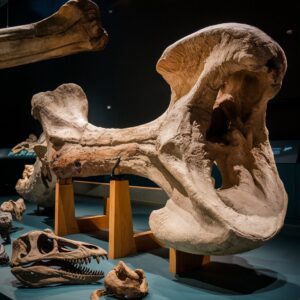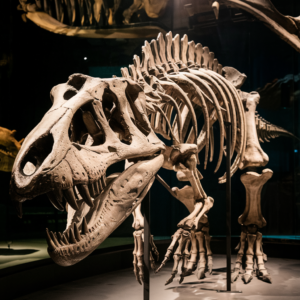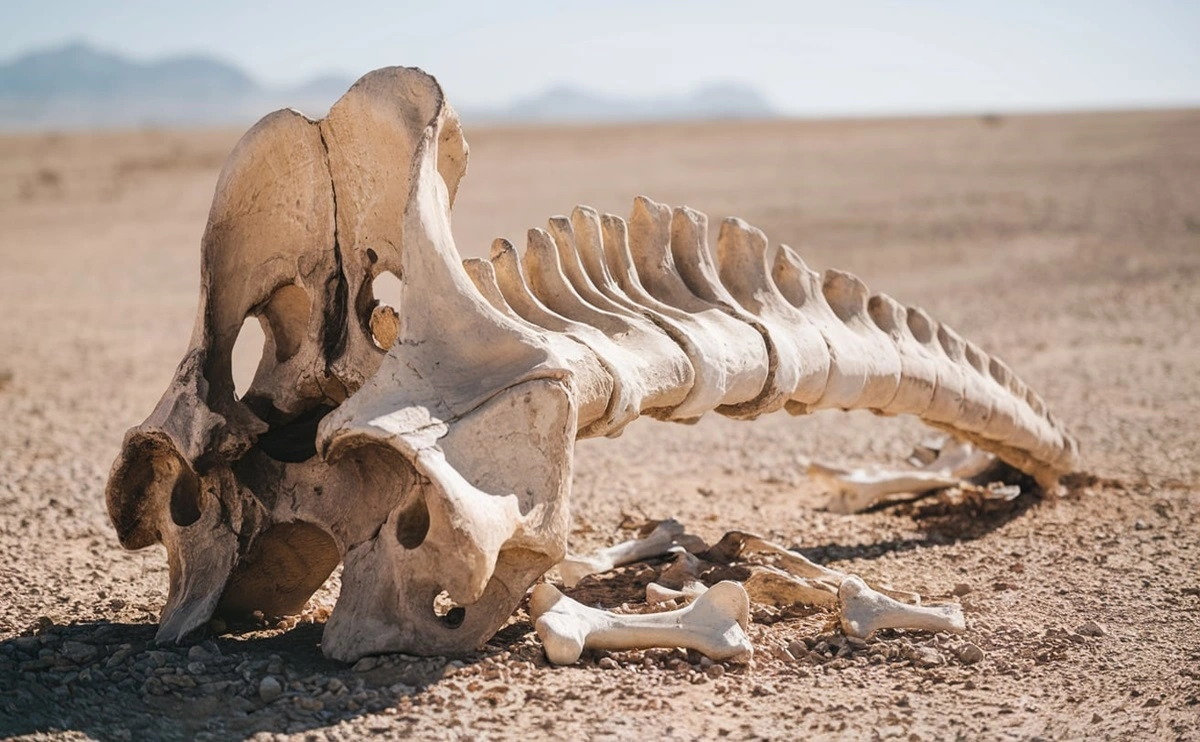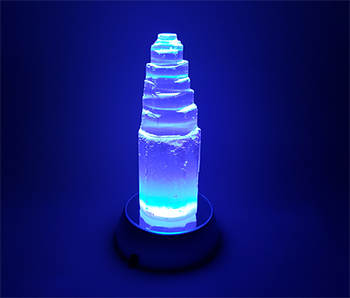Dinosaur bones are captivating remnants of prehistoric life, offering a direct link to the mysterious giants that once roamed our planet millions of years ago. These fossilized bones provide invaluable insight into the lives of dinosaurs, revealing crucial evidence of their anatomy, behavior, and evolution. Understanding the fossilization process behind these bones and other fossilized remains such as teeth, footprints, and skin impressions allows scientists and enthusiasts alike to unlock secrets from a time when dinosaurs ruled the Earth. This article delves into the fascinating world of dinosaur bones, the processes that preserve them, and their vital role in paleontology.
What are Dinosaur Bones?
Dinosaur bones are the mineralized remains of the skeletal structures of dinosaurs. When we refer to “fossilized bones,” we’re talking about bones that have undergone a transformation over millions of years, resulting in hard, rock-like structures that retain the shape and structure of the original bones. These fossilized bones are not composed of the original organic material; instead, they have been replaced with minerals that preserve the bones’ shape and density.
The Fossilization Process: How Dinosaur Bones are Preserved
The process by which dinosaur bones become fossilized is complex and often takes millions of years. Known as the fossilization process, this transformation begins when a dinosaur dies, and its remains are quickly buried by sediment, such as mud or sand. This sediment protects the bones from decomposition and scavengers. Over time, minerals seep into the bones, replacing the organic material and turning them into rock-like fossils.
Several factors influence the fossilization process, including the type of minerals present, the conditions under which the bones were buried, and the length of time they remained undisturbed. This process does not only apply to bones but also to other parts of the dinosaur, resulting in fossilized teeth, skin impressions, and even fossilized footprints that provide additional clues about dinosaur behavior and appearance.

Why Dinosaur Bones are Crucial for Understanding Prehistoric Life
Dinosaur bones offer significant prehistoric life evidence, enabling scientists to reconstruct ancient ecosystems and understand the evolution of species over time. By studying these bones, paleontologists can determine the size, diet, and even the movements of dinosaurs. Fossils of different dinosaur species found together in the same region give clues about how these creatures coexisted and interacted.
Different Types of Dinosaur Fossils Beyond Bones
While bones are the most common type of dinosaur fossils, other types of fossilized remains also provide critical insights:
-
Fossilized Teeth
Dinosaur teeth reveal a great deal about the diet and feeding habits of different species. Carnivorous dinosaurs, for example, have sharp, pointed teeth, while herbivores often have flat, grinding teeth.
-
Footprints Fossils
Fossilized footprints, or “ichnofossils,” can show how a dinosaur moved, its gait, and even its speed. These traces of prehistoric life allow scientists to track the movement patterns of dinosaurs and sometimes even hint at social behavior.
-
Skin Impressions Fossils
Rare but significant, fossilized skin impressions give paleontologists an idea of the texture and appearance of dinosaur skin. This information is invaluable for accurately recreating dinosaur appearances.

The Role of Paleontology in Preserving and Studying Dinosaur Bones
The field of paleontology is devoted to studying fossils, including dinosaur bones, teeth, and other remains. Paleontologists use a combination of fieldwork, laboratory research, and advanced imaging techniques to analyze these fossils. They meticulously document the locations where fossils are found, noting the surrounding geological features, which helps in dating the fossils and understanding the environment in which these dinosaurs once lived.
Paleontologists are also involved in fossil preservation, a crucial step in ensuring that these ancient remains remain intact for future generations to study. Fossils, especially those that are exposed to the elements, require careful preservation techniques to prevent them from eroding or degrading. Fossil preservation includes delicate cleaning and often encasing fossils in protective materials to keep them stable during transportation and display.
Dinosaur Bones and Their Influence on Modern Science
The study of dinosaur bones has influenced multiple scientific fields. For example, the discovery of certain dinosaur features, such as hollow bones and specific skeletal structures, helped scientists better understand the connection between dinosaurs and modern birds. The fossil record of dinosaur bones also aids in identifying patterns of extinction, allowing scientists to draw parallels with present-day biodiversity and climate change.
How to Start Your Collection of Dinosaur Bones and Fossils
Collecting fossils, including dinosaur bones, is an engaging hobby that combines adventure with a passion for history and science. Before starting a collection, it’s essential to understand that fossil collecting requires respect for preservation laws and ethics. Many countries have restrictions on fossil collection, especially when it comes to rare and scientifically significant specimens. For enthusiasts who want to start their fossil collection, reputable fossil dealers offer legally acquired fossils and fossilized remains, allowing you to own a piece of prehistory.
Dinosaur bones are more than just ancient artifacts; they are windows into a world long gone. Each fossilized bone, tooth, or skin impression fossil holds unique information about prehistoric life, helping us understand the fascinating creatures that once dominated the Earth. The study of dinosaur bones and the broader field of paleontology enable us to appreciate the vast history of life on our planet, inspiring wonder and respect for the natural world.


